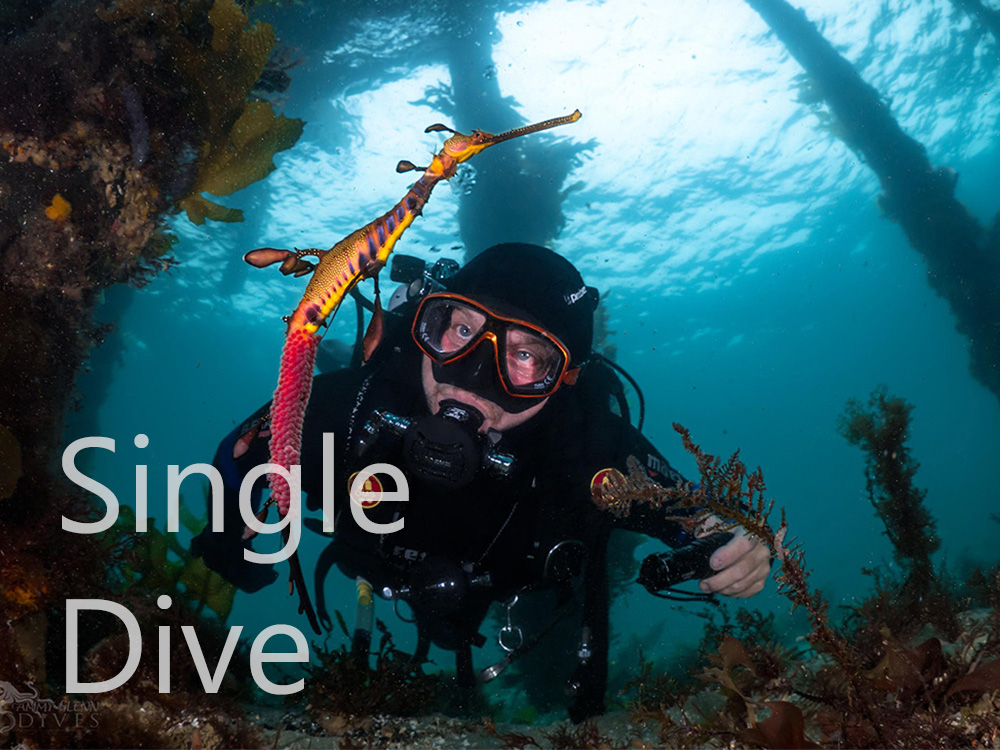Navigation
A Jon Line is an absolute must for divers decompressing in high current areas but who don't have the option of doing a drifting deco. A Jon Line is attached to the diver and then clipped to a shot line so the diver needn't spend any energy holding onto the shot/anchor line themselves. Plus a Jon line enables more divers to be at same depth on the shot/anchor line without crowding each other.
There's no point in trying to go against the flow. A reef hook lets you attach yourself to a reef or other structure in a current and stay in the same place without exertion. It leaves your hands free for underwater photography and videos.
We have some great Jon lines and reef hooks for scuba diving available from The Scuba Doctor dive shop.
Australia RMS
![]() Wreck Dive |
Wreck Dive | ![]() Boat access
Boat access
![]()
![]()
![]()
![]()
![]()
Steam Ship | Max Depth: 8 m (26 ft)
Level: Open Water and beyond.
The Royal Mail Steamer (RMS) Australia (aka Australia RMS and RMS Australia) was one of the most luxurious vessels afloat when launched in 1892. On 20 July 1904 while entering Port Phillip Heads she went aground on Corsair Rock.
Diving and Snorkelling the Australia RMS Shipwreck
The remains of the Australia RMS lie midway between Beacon Rock and Campbell Rock, and about 100 metres due south of the Mepean Reef that runs between these two rocks. What remains today is scattered over a 300 metre area in about 7 to 8 metres of water. Diving is considered extremely dangerous and difficult, and best at very low tide to obtain better protection at the site.
The hull now lies collapsed due to explosives and the passage of time, with the vessel's large boilers, crankshaft, propeller shaft and hull all lying exposed on the bottom in a rough north to south line. There is little of any value remaining due to the heavy salvage carried out after the RMS Australia's demise.
The Rip & Tides Warning: Always keep an eye on sea conditions throughout any shore or boat dive within "The Rip" (aka "The Heads"). This is a dangerous stretch of water, where Bass Straight meets Port Phillip, which has claimed many ships and lives. Please read the warnings on the web page diving-the-rip before diving or snorkelling this site.
Bass Strait Warning: Always keep an eye on sea conditions throughout any shore or boat dive in Bass Strait on Victoria's coastline. Please read the warnings on the web page diving-in-bass-strait before diving or snorkelling this site.
Australia RMS Shipwreck History — Built in 1892
The RMS Australia was a steel screw steamer, built in 1892, by Caird and Co. in Greenock, UK, on the dimensions of 4,651 ft (1,418 m) in length, with a beam of 52.21 ft (16 m) and a draught of 26.4 ft (8.05 m).
Built for the P&O Steam Navigation Co. Limited, the Australia was a very fast vessel, as shown on its maiden voyage to Australia when it accomplished what was then a record passage as far as Albany, Western Australia, reaching that port three hours quicker than the previous best time. The facilities for the passengers are best described by an article published in the Argus on 22 June 1904:
"Her passenger accommodation provided for 265 in the first saloon and 140 in the second. There was a spacious promenade on the hurricane deck for the first saloon passengers, and a number of deck cabins fitted for one passenger only. The bulk of the staterooms were on the main deck, and there was exceptional bath and lavatory accommodation, the baths being of solid marble. The saloon extended the full width of the ship, and was approached by a handsome staircase of mahogany. The walls and ceiling were decorated with handsome stamped work, and the furnishing was in stamped terracotta velvet, arranged most tastefully and in perfect harmony with the other details. The saloon was unusually high and spacious, the skylight extending as it did from the main deck through the spar and the hurricane decks to the bridge deck."
Australia RMS Sinking — Wrecked 20 July 1904
The RMS Australia left London on 13 May 1904, with 2,170 tons of general cargo, 45 (or 48 passengers), and a mixed crew of approximately 224, under the command of Captain Francis Cole, arriving in Australian waters after a most satisfactory voyage. The vessel had experienced a crossing free of incident and things had been going so well, that when it stopped to pick up the pilot outside of Port Phillip Heads, the steamer was 36 hours ahead of its expected arrival time.
After picking up Pilot Dennis from the pilot steamer Alvina, the Australia resumed the final leg of its voyage, shaping a course to pass through Port Phillip Heads, with everything appearing as normal.
With Pilot Dennis in charge, the luxurious Royal Mail steamer struck Corsair Rock at 1.45 a.m. on 20 July 1904, travelling at 14.5 knots. Medical evidence revealed Dennis was suffering from Bright's disease, causing defective eyesight — given as a reason for his not seeing properly the lead lights when altering course to enter The Heads. As a result, the Court of Marine Inquiry cancelled his licence. Stricter medical examinations for pilots were instituted as a consequence.
Passengers and crew got off without incident, although evidence conflicted over alleged delay in arrival of lifeboat. As with the Petriana, a press and public outcry over treatment of Asian crew by the authorities.
Eventually the bow section broke off the Australia and slid into deep water. A mysterious fire gutted the remaining section of the ship, which reportedly burned for five days. Local fishermen were under suspicion (not proven). The wreck was visible for over 2 years. In 1911, the remains of the Australia were blasted to clear a channel for fishing boats between Corsair Rock and Big Rock.
See also, Heritage Council Victoria: Australia RMS, and
Australian National Shipwreck Database: R.M.S. Australia.
Heritage Warning: Any shipwreck or shipwreck relic that is 75 years or older is protected by legislation. Other items of maritime heritage 75 years or older are also protected by legislation. Activities such as digging for bottles, coins or other artefacts that involve the disturbance of archaeological sites may be in breach of the legislation, and penalties may apply. The legislation requires the mandatory reporting to Heritage Victoria as soon as practicable of any archaeological site that is identified. See Maritime heritage. Anyone with information about looting or stolen artefacts should call Heritage Victoria on (03) 7022 6390, or send an email to heritage.victoria@delwp.vic.gov.au.
Finding the Australia RMS Shipwreck
Over the years we've been provided with different GPS marks for the Australia RMS. The GPS marks we know of in circulation for the Australia RMS are:
- Shipwrecks Around Port Phillip Heads GPS (verified)
Latitude: 38° 18.072′ S (38.3012° S / 38° 18′ 4.32″ S)
Longitude: 144° 38.582′ E (144.643033° E / 144° 38′ 34.92″ E) - Dive Victoria:
Latitude: 38° 18.100′ S (38.30166667° S / 38° 18′ 6″ S)
Longitude: 144° 38.620′ E (144.6436667° E / 144° 38′ 37.2″ E)
76 m, bearing 133°, SE - Geoff Rodda 1:
Latitude: 38° 18.077′ S (38.301283333333° S / 38° 18′ 4.62″ S)
Longitude: 144° 38.504′ E (144.64173333333° E / 144° 38′ 30.24″ E)
114 m, bearing 265°, W - Geoff Rodda 2:
Latitude: 38° 18.094′ S (38.301566666667° S / 38° 18′ 5.64″ S)
Longitude: 144° 38.626′ E (144.64376666667° E / 144° 38′ 37.56″ E)
76 m, bearing 122°, ESE
Traditional Owners — This dive site is in the traditional Country of the Boon Wurrung / Bunurong people of the Kulin Nation. This truly ancient Country includes parts of Port Phillip, from the Werribee River in the north-west, down to Wilson's Promontory in the south-east, including the Mornington Peninsula, French Island and Phillip Island, plus Western Port. We wish to acknowledge the Boon Wurrung as Traditional Owners. We pay respect to their Ancestors and their Elders, past, present and emerging. We acknowledge Bunjil the Creator Spirit of this beautiful land, who travels as an eagle, and Waarn, who protects the waterways and travels as a crow, and thank them for continuing to watch over this Country today and beyond.
Australia RMS Location Map
Latitude: 38° 18.072′ S (38.3012° S / 38° 18′ 4.32″ S)
Longitude: 144° 38.582′ E (144.643033° E / 144° 38′ 34.92″ E)
Datum: WGS84 |
Google Map
Added: 2012-07-22 09:00:00 GMT, Last updated: 2022-04-30 04:01:14 GMT
Source: Book - Shipwrecks Around Port Phillip Heads GPS (verified)
Nearest Neighbour: Corsair Rock, 179 m, bearing 304°, NW
Steam ship, 3700 ton.
Built: 1892.
Sunk: 20 July 1904.
Corsair Rock, Port Philip Heads.
Depth: 5 to 8 m.
Dive only on: SWE.
[ Top ]
DISCLAIMER: No claim is made by The Scuba Doctor as to the accuracy of the dive site coordinates listed here. Should anyone decide to use these GPS marks to locate and dive on a site, they do so entirely at their own risk. Always verify against other sources.
The marks come from numerous sources including commercial operators, independent dive clubs, reference works, and active divers. Some are known to be accurate, while others may not be. Some GPS marks may even have come from maps using the AGD66 datum, and thus may need be converted to the WGS84 datum. To distinguish between the possible accuracy of the dive site marks, we've tried to give each mark a source of GPS, Google Earth, or unknown.
Copyright © 2005-2022 by The Scuba Doctor Australia, ABN 88 116 755 170. All rights reserved.
tel. +61 3 5985 1700 :: email. diveshop@scubadoctor.com.au :: Web site by it'sTechnical 2022

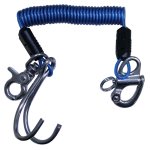
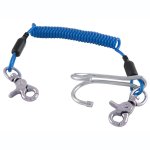

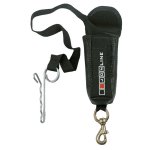





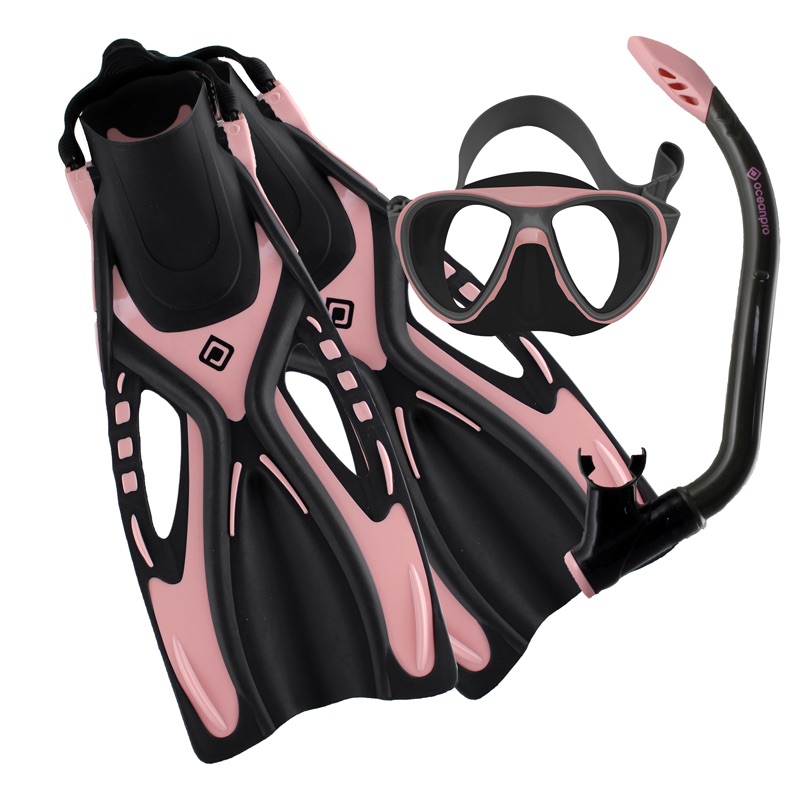







![Halcyon Infinity 30lb System [SS Small Backplate] Halcyon Infinity 30lb System [SS Small Backplate]](/diveshop/images/halcyon/Halcyon-Evolve-Wing.jpg)






